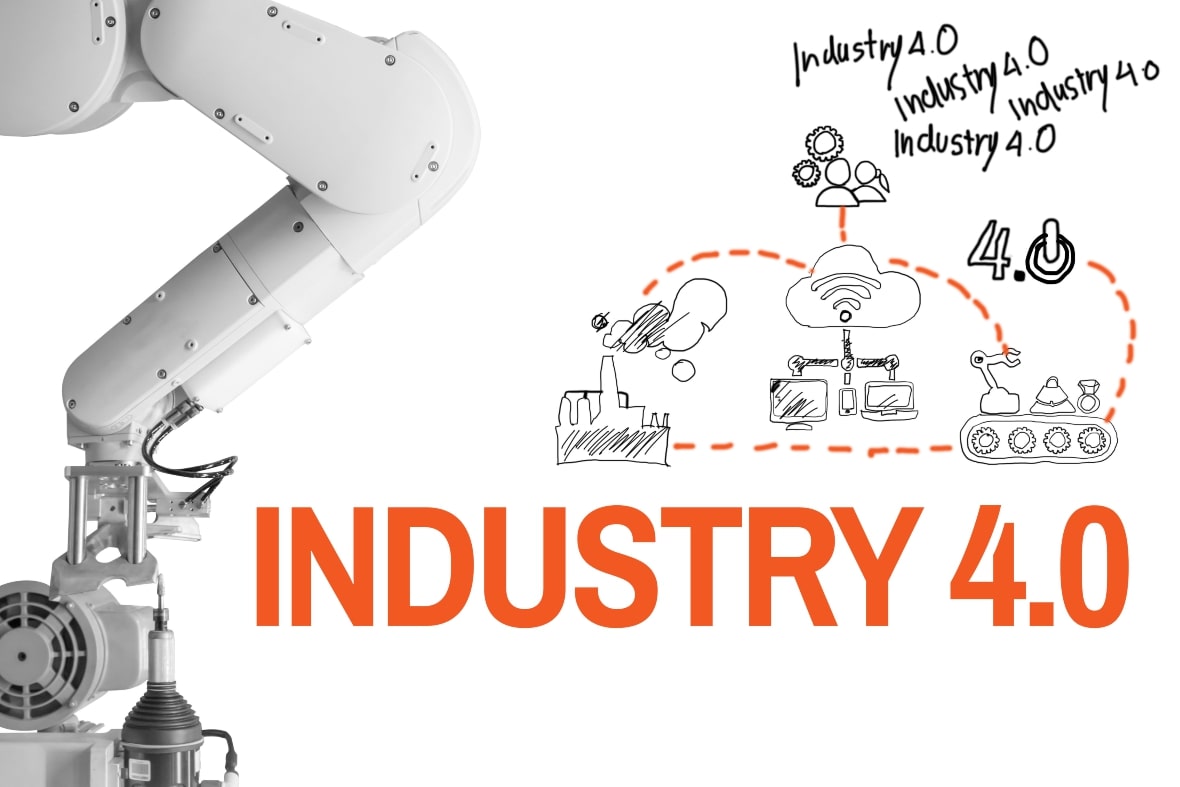Blockchain is the red-hot technology off the block. Initially associated with bitcoins, the technology now finds application in several other functions, including supply chains.
Blockchain is a distributed registry that validates records and distributes transactions publically in immutable, encrypted ledgers. The word refers to “blocks” of verified, unchangeable transactions connected in a chronological “chain.” These “blocks” or records pass on to millions of connected computers worldwide. Each block contains data on the preceding block to maintain integrity. Network participants have equal access to the data.
The inherent advantages of Blockchain
It offers a platform to create and distribute a ledger or record. There are several advantages of doing so using blockchains over other methods. Banks, the early adopters of Blockchain, find the following reasons to adopt Blockchain. Supply chain benchmarks can emulate such institutions.
Improved governance
Blockchain eliminates the need for governance. Encryption and immutability make Blockchain a safer option compared to conventional banking channels.
Making unauthorised changes is impossible in blockchain ledgers. As such, network participants do not need an intermediary or regulators.
Also, the instantaneous nature of blockchain does away with the clearing hassles. Banks’ clearing process often extends to two-to-three days, whereas clearing is instant with blockchain.
Automation
Blockchain adds value by automating and replacing slow, manual processes. Many supply chains, especially in the shipping industry, still carry on lower-tier jobs in pen-and-paper mode. Upgrading using Blockchain delivers an enormous efficiency boost.
Traceability
Blockchains establish transparency and traceability, especially in complex multi-tiered supply chains.
Usually, data exchanges in supply chains occur among two entities, and other parties do not have access to their findings. As such, a customer or a regulator cannot determine the history of a product or verify its origin.
With Blockchain, businesses may pinpoint the source and journey of each supply chain item. Identifying grey market products or unscrupulous elements who slip spurious parts becomes easy.
Traceability also makes compliance easier. Many complex supply chains operate in a regulated environment. The higher traceability establishes trust among unknown parties in the ecosystem.
Eliminating intermediaries through smart contracts
Smart contracts are, in essence, algorithms that run autonomously. The creator sets the business logic on which the algorithms execute. For instance, the algorithm settles accounts on the party releasing documentation. Presently, the process involves a third-party, such as a bank.
Smart contracts make the supply chain more reliable, efficient and transparent. Buyers and sellers may settle transactions without involving banks and third parties.
Blockchain prevents a single trader from controlling the transaction. The smart contract becomes visible to every participant involved in the value chain. They all access historical data, preview the contracts and communicate without intermediaries.

The use of blockchains in supply chains
Several enterprises have already innovated successful blockchain-based models to improve supply chains. The blockchain-based supply chain solutions market was only $253 million in 2020 but will grow to $3.3 billion by 2026.
TradeLens, an initiative by Maersk and IBM, tracks cargo movement online and exchanges customs documents. Today, the platform has hundreds of partners worldwide, and almost half of all container cargoes pass through the system. The GSBN blockchain platform, created by a consortium of nine maritime operators, is a competitor in the same space.
Walmart uses Blockchain to authenticate transactions and ensure efficient record-keeping. The company also uses it for automated billing management with third-party freight carriers. The solution solves invoice and payment management delays and confusion. In the backend, it coordinates and sync activities with dozens of partners.
IBM’s Food Trust project tracks the origin of foodstuffs and monitors transportation in real time. Members who have adopted the Food Trust project include Nestle, Kroger, and Walmart. Likewise, Provenance, a UK start-up, has raised $800,000 to trace food using Blockchain. The company has piloted tracing tuna in Southeast Asia.
BMW’s PartChain project uses Blockchain to track parts and raw materials delivery. Mercedes uses Blockchain to monitor carbon emissions in its cobalt supply chain.
SkyCell uses Blockchain to maintain temperature limits in transit for containers transporting pharma. The most significant application came to transport the Pfizer covid vaccine.
Is Blockchain an overkill?
As the adage goes, “Do not fix something not broken.” No benchmarks have emerged so far to apply blockchains in supply chains. Several critics consider blockchains in the supply chain counterintuitive for the following reasons.
Reinventing the wheel
Today’s supply chains operate at scale, even without Blockchain. Supply chains already move billions of transactions and data in real-time without Blockchain. Most well-maintained supply chain networks already use data. Supply chain partners can access such data in real time.
Establishing transparency and traceability is possible through
A centralised cloud portal or decentralised peer-to-peer connections delivers transparency without Blockchain.
The issue of trust
Most supply chains involve known and trusted people. Open access risks publicising details, such as capacities, demand, prices, and margins. It allows permissioned access, with access governed centrally and restricted to known parties. But while this is possible in theory, it is impractical. When the number of trusted parties is small, there is little need to validate consensus protocols independently. For instance, in shipping, there are only a few known parties, such as ports, shipping lines, and customs, in the chain to validate each block. These trusted parties already provide a single, real-time version of the truth.
The difficulties of digital transformation
Traditionally, supply chain documentation takes place through pen and paper or spreadsheets. Implementing it needs a massive digital transformation spread across multiple value chain companies.
Also, the proper use of Blockchain depends on technological expertise, which most companies lack.
Cost uncertainties
The verdict on Blockchain reducing supply chain costs is still in the open.
Blockchains reduce supply-chain transaction costs in theory. But the application of the bitcoin models makes Blockchain-based supply chains unaffordable. Bitcoin pays people to validate each block or transaction. New blocks include a fee in the proposal. Such a cost is prohibitive for supply chains due to the scale involved. For instance, a single auto manufacturer would, in 90 days, issue a ten billion+ call-off to only a tier-one supplier.
Blockchain is also resource intensive. The distributed ledger approach raises enormous demand for data storage. Creating and maintaining multiple data set copies is impractical in the supply-chain environment.
Blockchain has the potential to reduce costs by bringing in efficiency improvements. But the cost of developing and running Blockchain is not yet precise, with few standards in place. Blockchain’s resource-intensive nature means that maintenance costs may exceed potential savings. Blockchains become viable only if the cost of end-product failures, recalls, and litigation is higher. Whether consumers would pay more for a product that offers transparency throughout its supply chain is not yet tested.
While Blockchain offers enormous potential, it has not yet become mainstream. Businesses need not adopt new technology just because it is available. But companies who develop innovative use cases and advance pilots to real-world applications gain valuable first-mover advantages.












